Looks alone can be deceiving, and the fact that some poisonous plants don’t look bad at all and have some beautiful visual effects can spell disaster for the novice forager.
Just because you found a plant that smells and looks good, that doesn’t make it a proper candidate for human consumption.
With your current survival skills, would you last a day in the wilderness?
Most folks don’t pay attention to plants, and few of them actually bother to read a few lines about the thriving flora in their living area. They don’t want to learn about the edible and poisonous plants in their state because they believe that knowledge will not be useful anytime soon.
They may be right in certain cases and getting lost in the wilderness while hiking or camping is not a common occurrence. But what if it does happen? What if you end up lost in the woods, and like many others, you make the mistake of eating plants that you shouldn’t?
Knowing which plants to stay clear of may help you since you may also find such plants lurking in your garden. You won’t bother with them because they are beautiful, and weeding them out will “just” remove a patch of color. However, these plants are more dangerous than you think, and they will cause harm to your kids and pets since they love trying out new things.
Here are the ten poisonous plants that could kill you:
1. Rhododendron (Rhododendron Ferrugineum)
This plant was called the “suicide bush” by the Native Americans, and it was all due to its attractive blooming effect. Those starving would often try it out, and they would pay the ultimate price for it. It is one of the top poisonous “edible” plants known to man.
The entire plant is toxic, but the highest concentration of poison can be found in the leaves. The plant is toxic to both humans and animals if consumed. The nectar of the flowers contains a toxic substance called grayanotoxin, and if ingested, it will cause vomiting, nausea, and overall weakness. The plant is often used as ground cover in many gardens, and even if it is pretty, it’s equally treacherous.
2. Hemlock (Conium Maculatum)
Did you know the Hemlock is among the most poisonous plants in North America?
And for a good reason, since its flowers bear almost identical resemblances to Queen Anne’s lace flowers or parsnip. In fact, it is these similarities that lead to an increasing number of poisoning incidents each year.
The Apiaceae family, which includes water hemlock, contains a cicutoxin, a naturally occurring poison that has the potential to cause central nervous system damage.
Some of the symptoms of hemlock poisoning include seizures, stomach pain, dizziness, vomiting, tremors, general weakness, diarrhea, and at times death.
If someone gets poisoned when handling Hemlock plants, it’s important to look out for seizures since these will cause muscle breakdown leading to a chain reaction of symptoms, including kidney failure and swelling in the brain that eventually leads to death without prompt treatment.
3. Horsenettle (Solanum Carolinense)
Unaware hikers often mistake them for heirloom tomatoes, especially if they are looking for a quick bite when feeling hungry. But the Horsenettle is at the top of the list of plants that are poisonous to humans. The plant produces attractive fruits that bear the same resemblance as tomatoes, and people don’t look at them twice when finding them.
In reality, the plant does not produce your typical tomato. It contains a poisonous substance called alkaloid solanine. Once consumed, it will cause a significant amount of abdominal pain and circulatory and respiratory issues. So, if you come across this plant when you are exploring the great outdoors, restrain yourself from tasting it, regardless of how plump and juicy it appears.
4. Doll’s Eye (Actaea Pachypoda)
Also known as white baneberry, the plant offers superb visual effects that make it attractive to people, especially to children. Do not fall for its tricks just because it looks like other berries you’ve eaten before. It’s not edible, and it’s also on our list of poisonous wild plants for a good reason. The plant has vast amounts of poisons that can lead to immediate death once eaten.
You should know that the entire plant is poisonous; the berries are the most lethal since they contain a high concentration of the toxin. The victims of these plants are mostly children because the berries resemble the doll’s eyes, and they taste sweet. The cardiogenic toxin kills both humans and animals by slowing the heart muscles until the heart stops beating.
5. Wild Cherry (Prunus Avium)
It is somehow ironic how wild cherry trees can have toxins even though their fruits are edible. The Prunus genus produces cyanide, and the concentration of this poison differs from one species to another. The leaves of the wild cherry tree begin to produce fairly concentrated cyanide once they start to wilt. The pits of the fruits can also do the same when ground up.
Though it is unimaginable for one to go for the leaves if you can access the fruit, you may be forgiven to assume the whole plant is edible. The leaves mostly cause fatalities in animals since once these leaves are eaten, death is imminent.
6. Castor Beans (Ricinus Communis)
Yes, we are all pretty familiar with castor oil, but how many people actually know they are actually beans and not seeds?
Do not consider yourself lucky thinking you’ve stumbled upon beans. They are incredibly lethal, and their toxin, ricin, concentration is enough to kill you without having a chance to seek out help.
To make castor oil, the beans need to be heated up to a certain point to neutralize the toxins. However, if you get exposed to untreated castor beans, they can cause permanent nerve damage.
7. Oleander (Nerium Oleander)
You will find this beautiful flower growing in most gardens since it’s a prized decorative plant. Sadly, every part of this plant is poisonous if consumed or burned. The plant produces a white, sticky sap that contains a toxin called cardenolide glycoside. It is a type of steroid that will cause heart problems.
Despite them being pretty flowers, it’s imperative to wash your hands immediately after you handle them. If you have kids around, you should weed out this plant from your yard until they’ve grown up and are able to understand the danger this plant poses.
8. Rosary Pea (Abrus Precatorius)
It is one of those seeds that you may know from its many nicknames, such as jequirity or crab’s eye. Rosary pea is a beautiful plant and is usually used in beading. As harmless as it may seem, it contains a toxic called abrin, which is fatal to both humans and animals. When the toxin is ingested, it will cause nausea, liver failure, and even death.
There have also been instances where people have lost their lives after pricking a finger while doing the beadwork. You should use work gloves to protect your hands in case you’re handling this plant.
9. Poisonous Berry Plants (Pokeberries)
(Phytolacca americana) It doesn’t just look attractive; the name is adorable too! However, its toxicity levels are not so attractive. The berries are tiny with pinkish-purple stalks. So, if you feel hungry and you stumble upon these berries, you should restrain yourself from eating them as they are incredibly intoxicating.
It is known that a handful of these berries is capable of killing a child, and if you increase the quantity, they will also be fatal for adults. Luckily, you can avoid these berries since they are easy to spot, and they can be recognized effortlessly, even by novice foragers.
Other poisonous berry plants include:
- American Bitter Sweet
- Holly
- Juniper
- Cotoneaster
- Yew
10. Belladonna (Atropa Belladonna)
Oh yes, the famous or even better said, the infamous Belladonna. The plant is also known as deadly nightshade and is relatively common in North America nowadays. The plant can easily be mistaken for the common blueberries’ shrub, especially in the eyes of those feeling hungry.
All parts of the plant are toxic, with the roots being the most dangerous. Belladonna contains a toxin called atropine and can cause an increase in human heart rate, dizziness, and hallucinations.
If you make the mistake of putting it in your mouth, an extremely bitter taste will hit, and you should then know you’ve got the wrong plant and spit it out immediately. Some mature plants are so toxic that even a single leaf is enough to kill a human.
Concluding
If you’re lost and hungry in the wilderness, your judgment may be weakened, and you may end up a bit ecstatic, which can lead to some fatal decisions. The bad thing about hunger is that it has the effect of making anything look like food, even more so if you come across beautiful plants.
Even if you have a home garden, you should have adequate knowledge of the plants that you decide to grow and the ones that may be sneaking in.
So, before putting anything in your mouth, make sure you have an in-depth knowledge of these plants!
>>> GET THIS BOOK TO DISCOVER MORE <<<































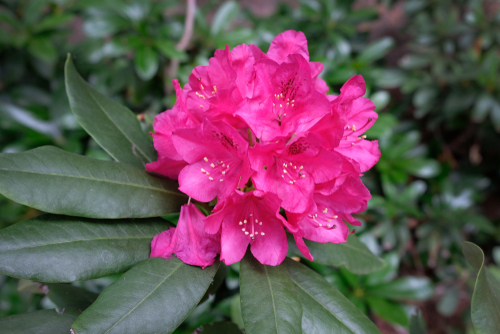
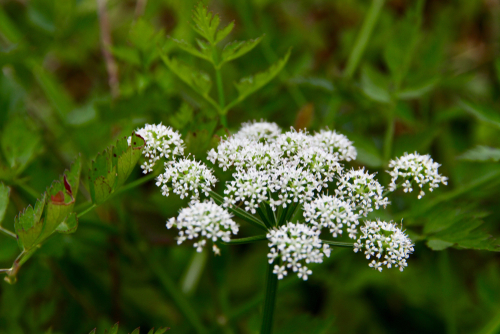
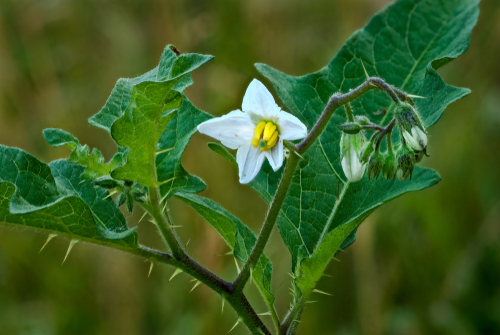
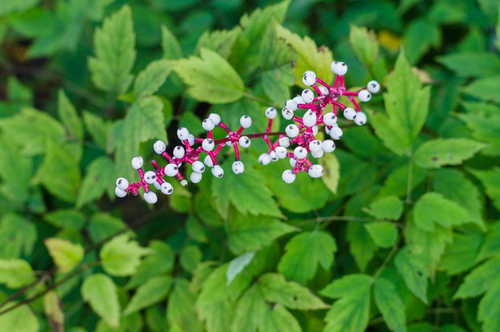
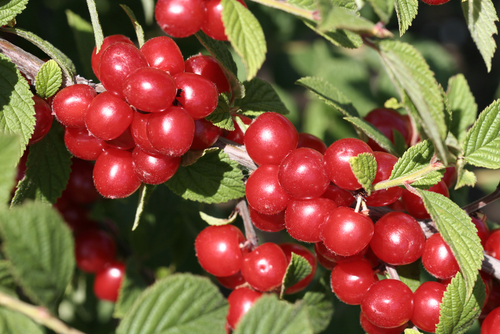
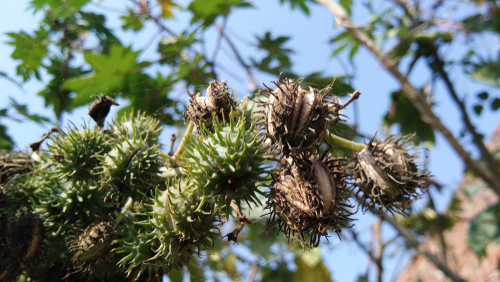
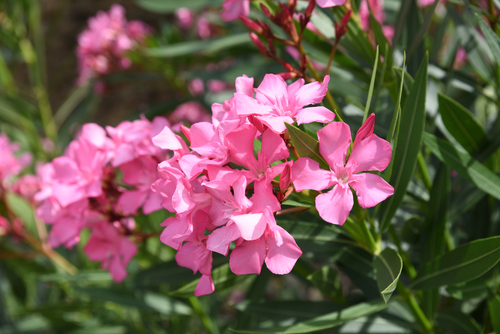
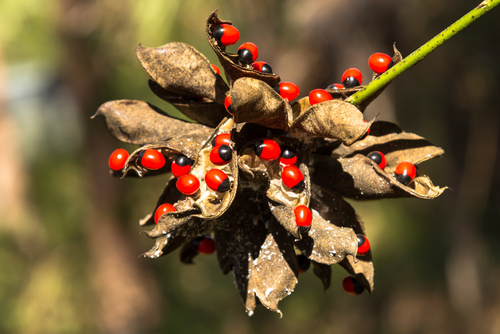
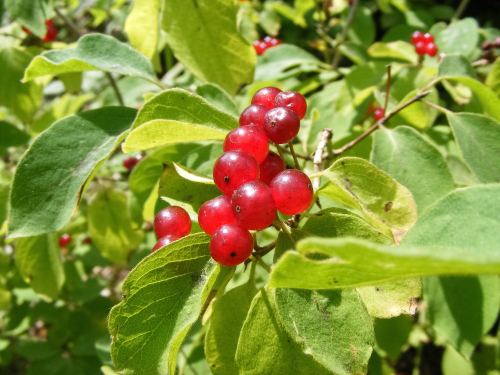









































GREAT WORK, Bob ! Your are Correct AND Accurate on All Counts. Your Article is the Very Most IMPORTANT one that Survivopedia has published in a very long time. I have copied your entire article and posted it to my horticulture group. Vital stuff. I will bet that Very Few people knew about – Rhododendron Ferrugineum, or Conium Maculatum (Water Hemlock is the worst – Killed Socrates), or Solanum Carolinense (Horsenettle is Deadly ! ), and I had a young friend who nearly died from Phytolacca americana (pokeberry) – took him a year to recover.
Every One of the Plants that you listed, Bob – Can be DEADLY !
According to Dr. Stephen Buhner, in his widely acclaimed Herbal Antibiotics, juniper berries, needles, and bark have been used for hundreds of years as a natural antibiotic, even used internally.
In fact, each of the medicinal herbs references I have includes juniper. As with any substance, it must be used properly. Even salt and water can be deadly if too much is ingested too quickly.
That was a nice start, but I was surprised that black locust, canada moonseed, false hellebore, horsechestnut (buckeye), lantana, laurel, mistletoe, yellow jessamine, and especially Jimsonweed (datura), monkshood, death camas, and white snakeroot were left out, as they are also fairly common and have caused known fatalities. But just like with mushroom hunting, be sure you know 100% the identity of the plant you pick for consumption. As was mentioned about queen annes lace, many edibles have deadly look-alikes.